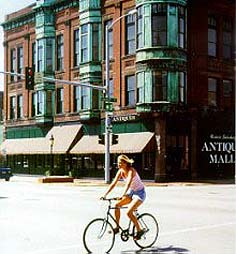
 |
||||||



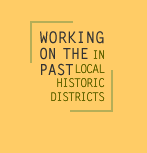
| What is
a local historic district?
|
Beyond a general description, it’s best to go directly to the source—the local governments and communities that create and care for historic districts. Although there are many legal and administrative similarities to historic districts, at the heart of it, each historic district defines itself differently—and should! Each district across the country has a special story and unique personality. Consider these examples:
|
|
|
Why local design review?
Many towns, cities, and counties nationwide have already said “yes”
to local historic district designation. More than 2,300 districts have historic preservation commissions that conduct design review and many such commissions work with multiple districts in their local jurisdictions! Why are the number of historic districts growing yearly? Residents know that their historic districts are far more than attractive places for tourists to visit, shop, and perhaps have lunch. Residents know that one of the best ways to keep the look and feel of the place they call "home" is through a local design review process.
---------------------------------
This is the National Register definition: "A district
possesses a significant concentration, linkage, or continuity of sites,
buildings, structures, or objects united historically or aesthetically
by plan or physical development.". (How to Apply the National
Register Criteria for Evaluation, p. 5)
NOTE: Print all of Section 'a' in PDF format.
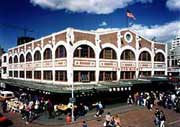
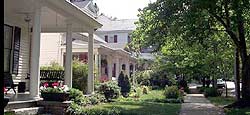
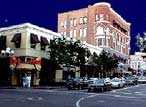 In
San Diego, California, the Gaslamp Quarter Historic District
retains the unique turn of the century architectural character of
the area, encouraging pedestrian-oriented uses, such as shops, restaurants,
galleries, street vendors, and cultural facilities. Preserving the
richness of the past and providing continuity with current and future
development are dual planning goals of the local historic district.
It is also listed in the National Register of Historic Places.
In
San Diego, California, the Gaslamp Quarter Historic District
retains the unique turn of the century architectural character of
the area, encouraging pedestrian-oriented uses, such as shops, restaurants,
galleries, street vendors, and cultural facilities. Preserving the
richness of the past and providing continuity with current and future
development are dual planning goals of the local historic district.
It is also listed in the National Register of Historic Places.